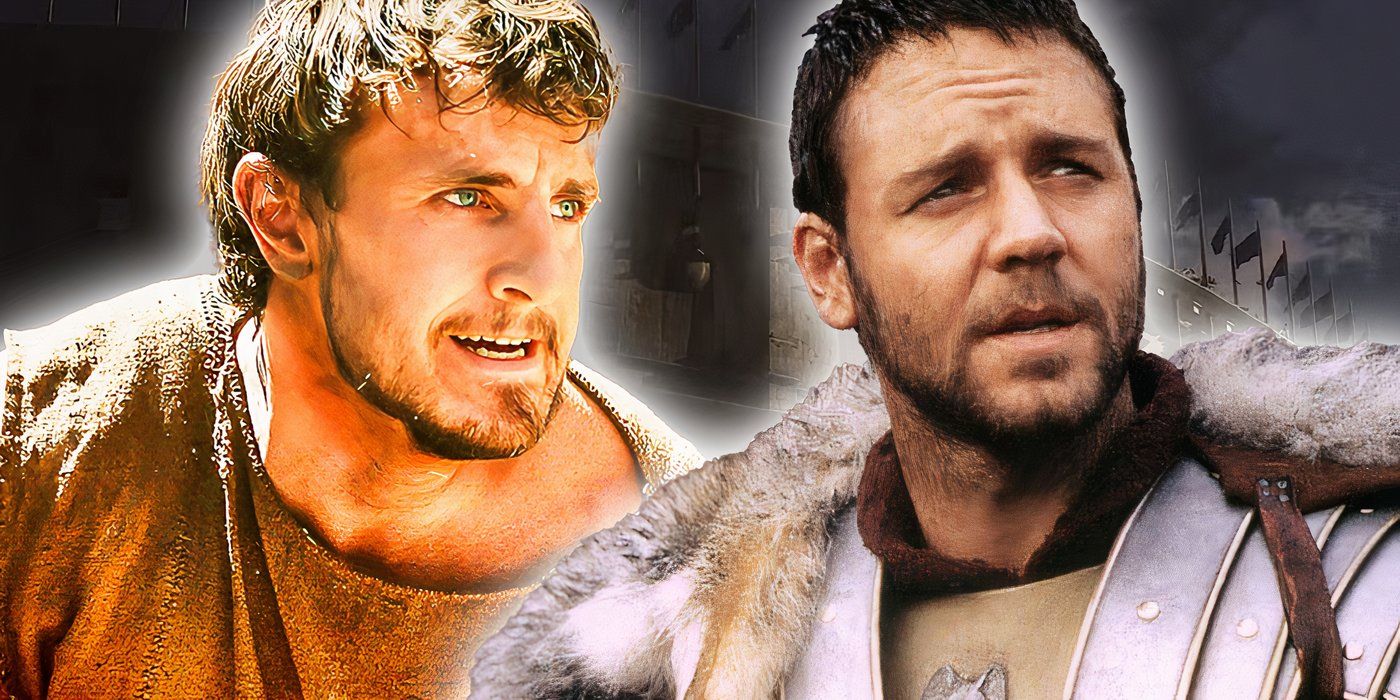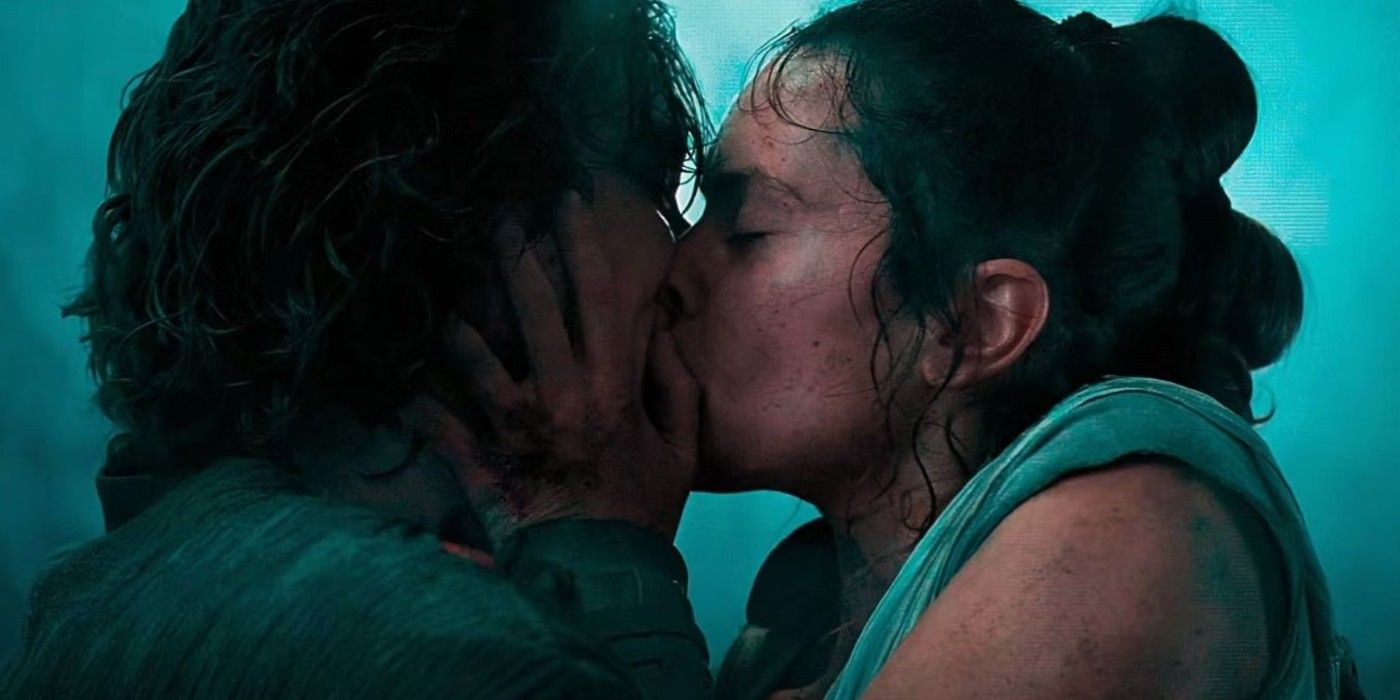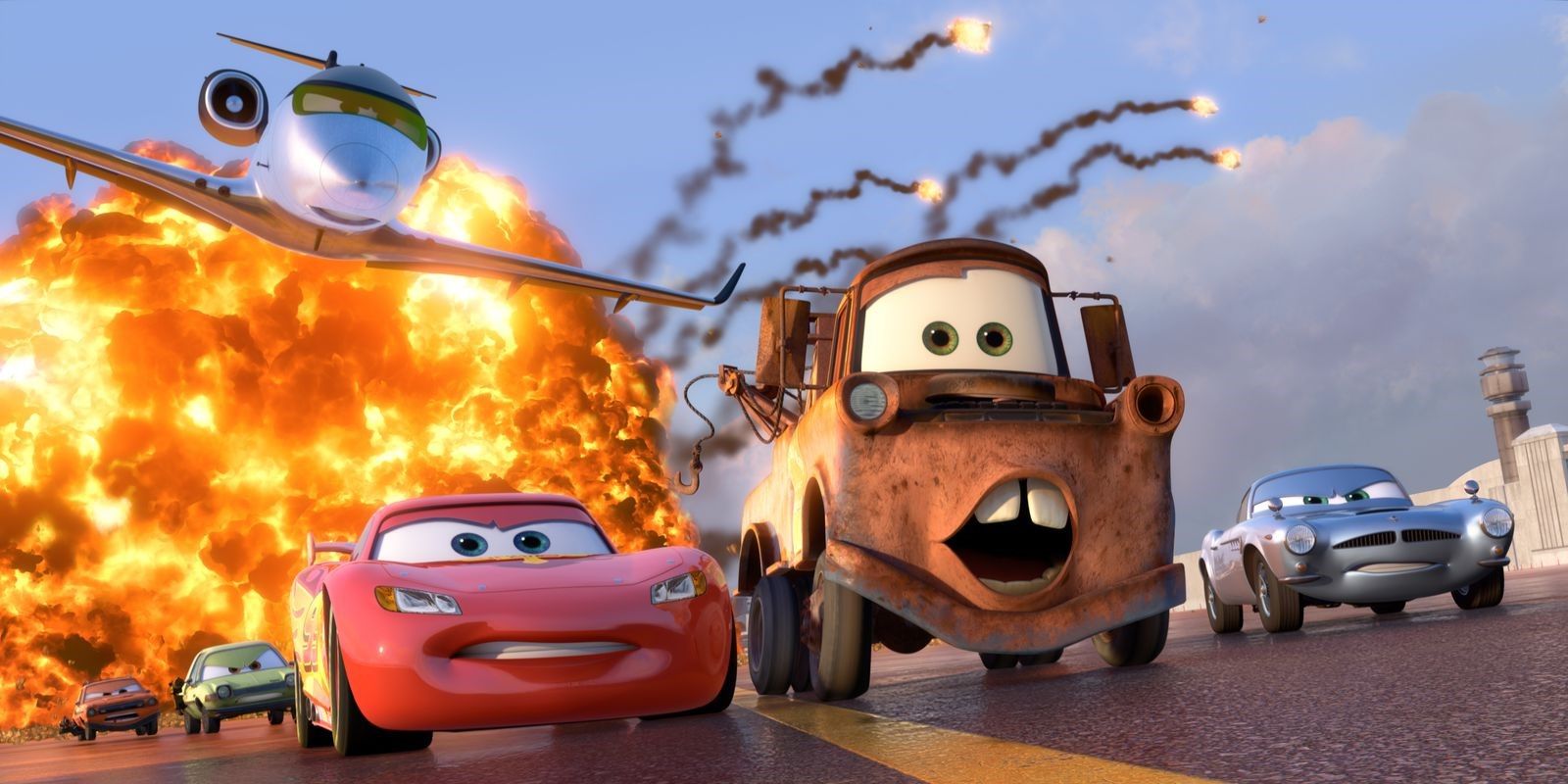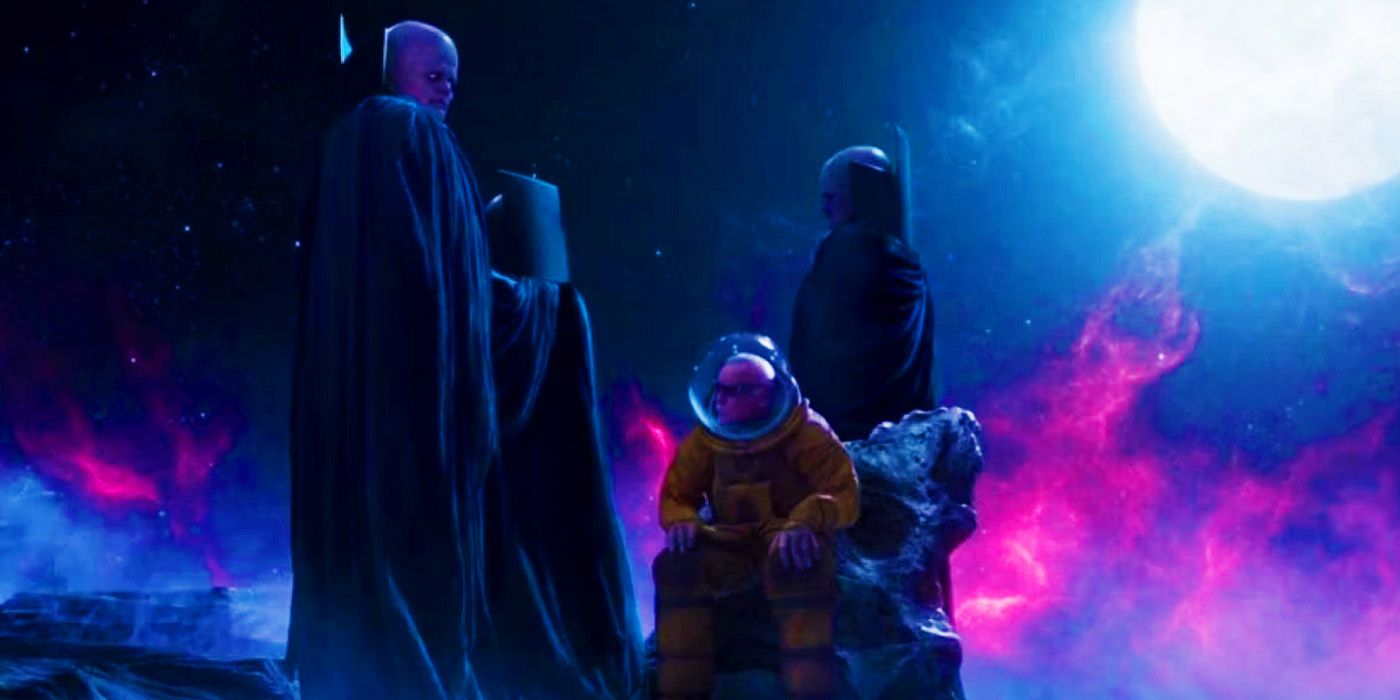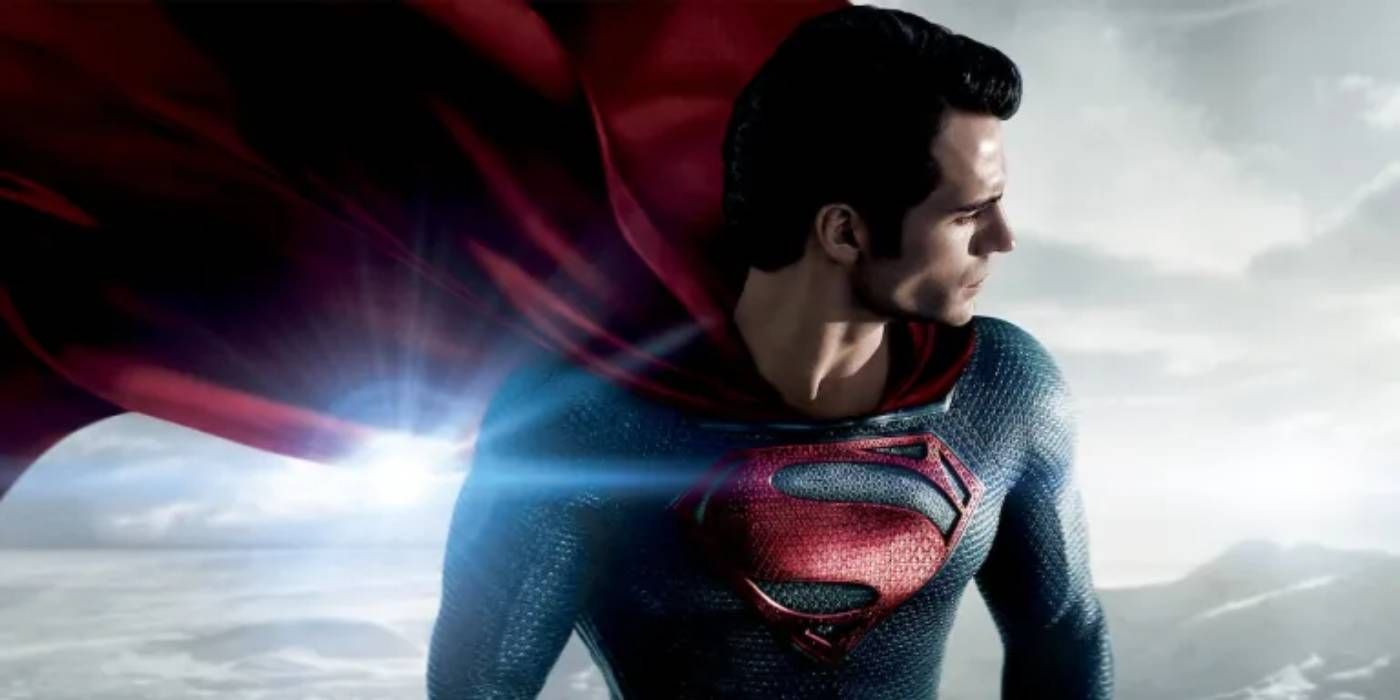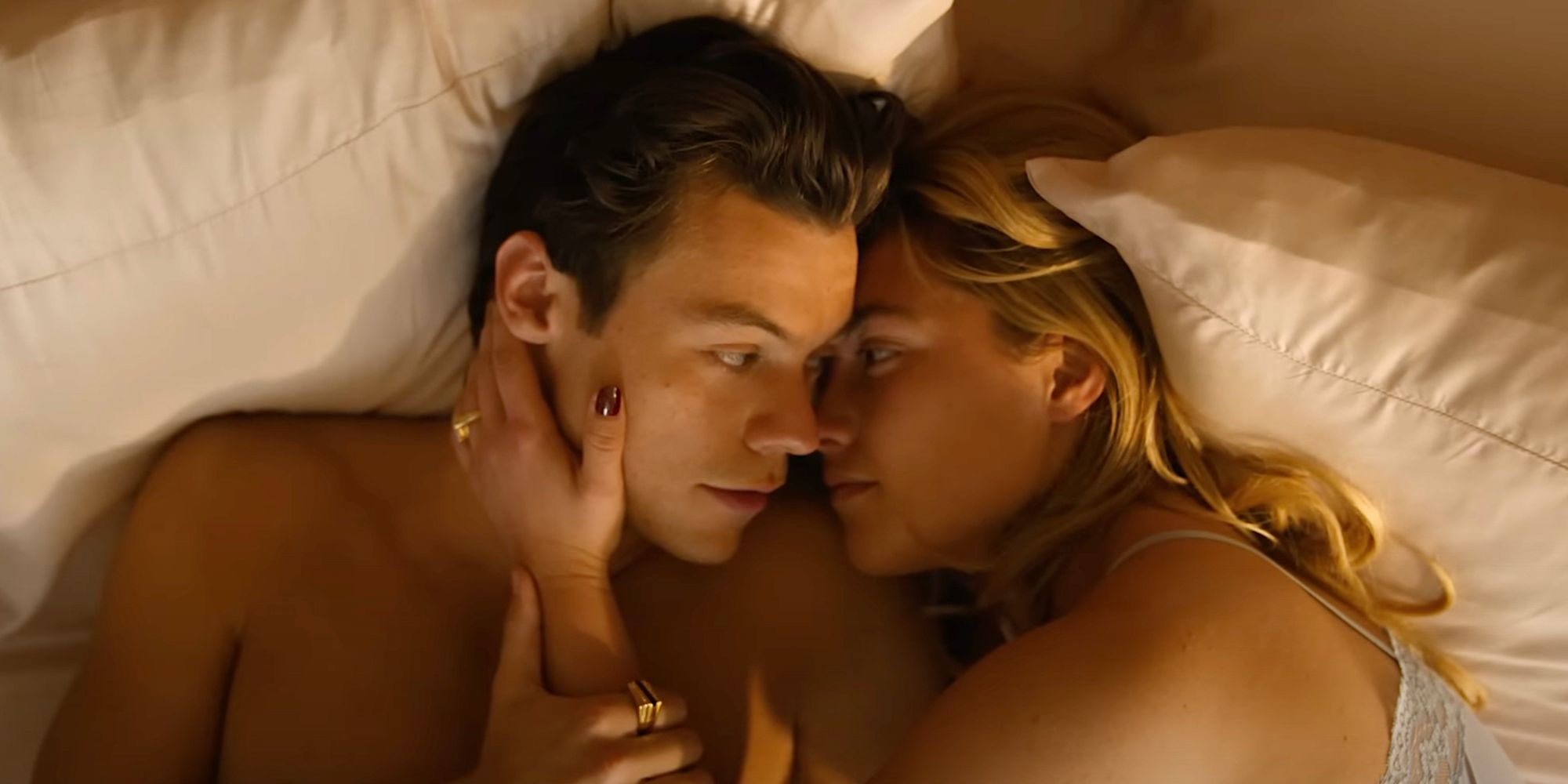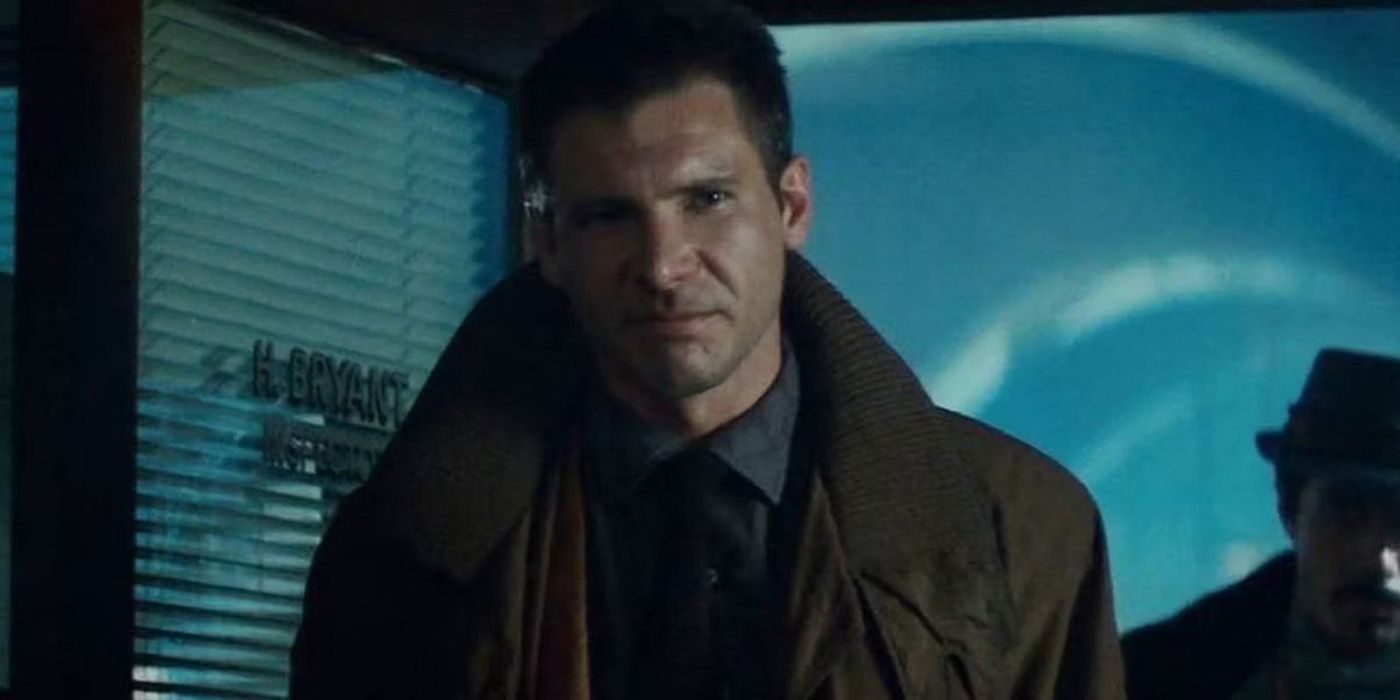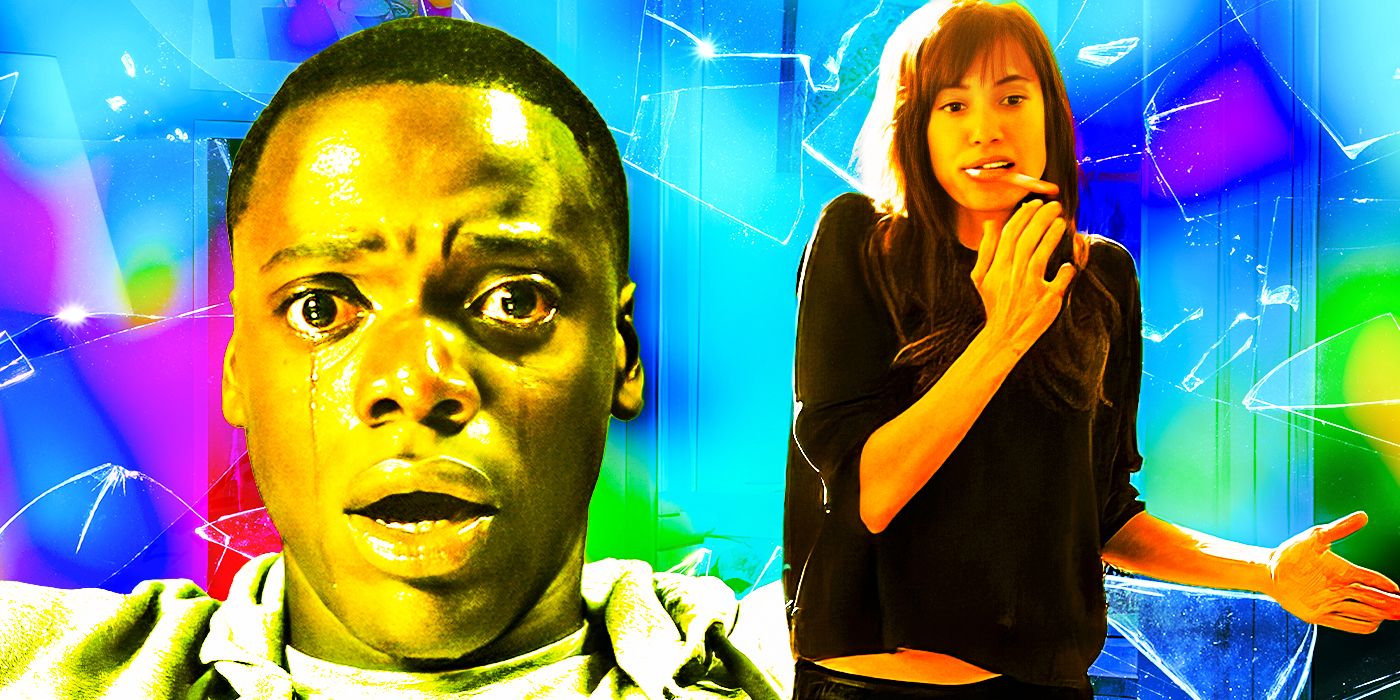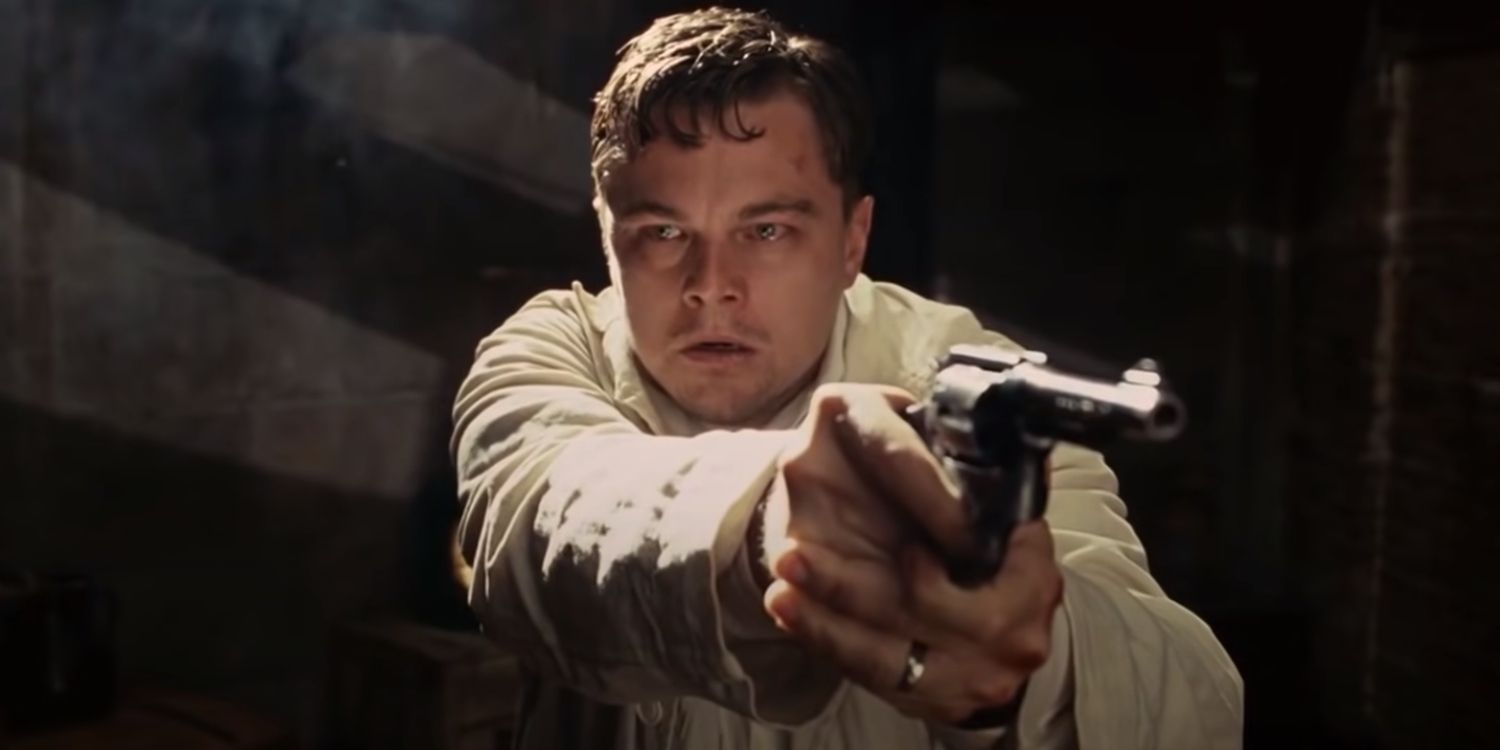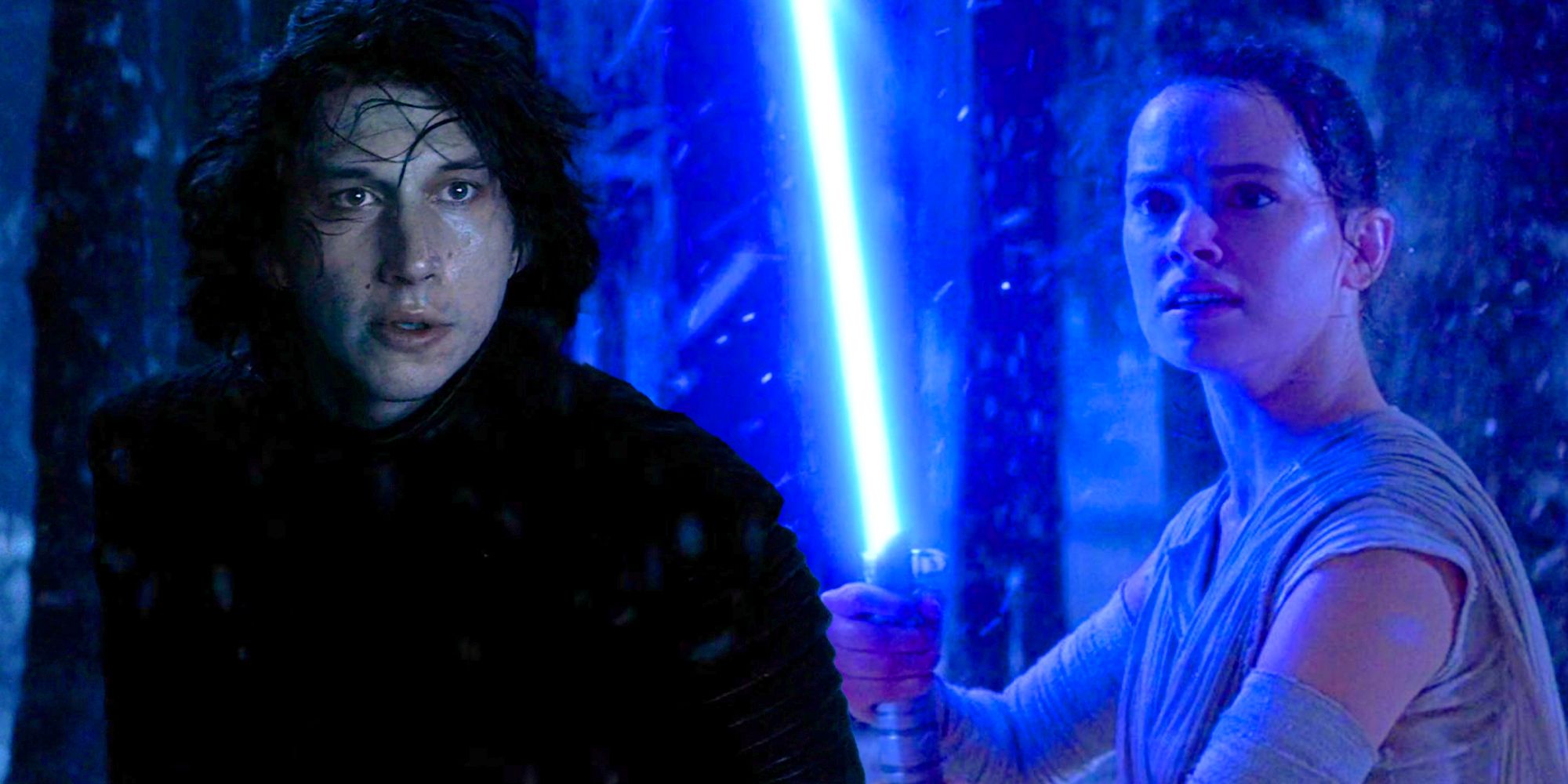
Movie fans love spending time meticulously analyzing movies and trailers to theorize about what could happen in upcoming stories, but sometimes, the theories that turn out to be true seem too obvious, or far-fetched, to really be taken seriously. Part of being a movie fan means spending time thinking about the movie. Whether that means pondering the message contained in the story after watching it, or trying to plot the story in advance after seeing a trailer, it's time spent theorizing.
Thinking about a film and the hidden gems, or ideas the creatives inserted along the way, is a fun and interesting approach, but sometimes people just throw ideas out there for the sake of it. They may make sense, they may have incredibly valid points, but whether it's because they seem too obvious or downright disappointing, no one takes them seriously. Despite this, there are some ridiculous theories that have been proven true or confirmed by filmmakers, and honestly, it's kind of weird.
10
Maximus is Lucius' father in Gladiator
Lucius was an important character in the original Gladiator 2000 film. He was a boy of royal lineage, who was co-ruler alongside his uncle, Commodus. However, there are several allusions that Maximus, the hero of the original film, may be his father. This obviously complicates and adds even more context to the harsh way in which Maximus is treated, despite serving as a strong and tactical leader of the Roman Empire.
But Gladiator II ends the ambiguous connection that suggested that Maximus could have been Lúcio's father, and openly confirms it. Although this was generally understood as a possibility, the ambiguity added a layer of mystery and intensity to the concept. By removing that and simply saying, yes, he was the father, Lucilla knew, and eventually going on to assert to Lucius that his father was Maximus, it feels a little more like a soap opera than an Oscar-winning historical epic.
9
Rey and Kylo Ren having a romantic connection in the Star Wars sequel trilogy
It's fair to say that the sequel trilogy has had more than its share of criticism. While Star Wars remains one of the most beloved franchises in film history, the fan base is rarely united in opinions about which film is better or how the stories connect and make sense. This led to a lot of disputes and frustration, which even contributed to the cancellation of shows in the broader franchise. But one element that fans saw coming from a mile away, and hoped would be avoided, was the romantic tension between Kylo Ren and Rey.
Rey is the hero of the sequel trilogy. She trains with Luke Skywalker to become a Jedi and wields the Force with incredible aptitude. However, standing in his way is the powerful young apprentice who is attuned to the Dark Side, Kylo Ren. Kylo is revealed to be the son of Leia and Han Solo, and also received training from his uncle Luke. And despite being on completely opposite sides of the conflict, Rey and Kylo share a connection from the beginning. While some of this is explained by Force Bond, they also have romantic feelings, demonstrated by kissing in their final moments together.
8
The cars in the cars killed all the humans
Investigating Pixar's theories is a dangerous game due to the depth of the rabbit hole. People have written entire books, created websites and long essays plugging the Pixar Universe, and things can get dark. In fact, a fundamental aspect of Pixar's theory regarding the film Cars this is how the Cars came to live on a planet that has no human life, despite the cars having doors and the world having features that would be more comfortable for humans than the cars. In response to this ambiguity, creative director Jay Ward had this to say;
If you think about it, we have self-driving car technology arriving now. It's getting to the point where you can sit in the car and it drives itself. Imagine in the near future when cars get smarter and smarter and after a day they simply ask: “Why do we need human beings anymore? They're just slowing us down. It’s just extra weight, let’s get rid of it.” But the car takes on the personality of the last person who drove it. Wow. There it is. (via Crushed Screen)
Considering the fact that it's a children's film, it's very strange that it has such dark origins, but apparently that's certainly the idea of those closest to the project. With that in mind, this could change the way people watch movies. And ultimately, does this add to the experience or just make it weirder?
7
Stan Lee is an observer in the MCU
Stan Lee is loved by many as a hero and legend of modern comics. During many of the most creative and successful years of Marvel Comics' operations, Lee served as editor-in-chief, helping to shape the Marvel Universe and create new characters to populate it. And as the MCU took shape, Stan Lee often had opportunities to make cameos in these films.
However, the cameos were generally considered to be playful and fun nods to the creator rather than some element of the universe's history, as he always seemed to play different characters and roles. However, in Guardians of the Galaxy Vol. 2the film appears to confirm that Stan Lee may have been part of a race of powerful aliens known as the Watchers, who are tasked with observing the multiverse while avoiding interfering.
6
Aquaman saved Superman in Man of Steel
When Warner Bros. saw the incredible success of the MCU, they decided to double down on their superhero movies and create the DCEU. Since the beginning in 2013 Man of Steelthe films were conceived with a conscious effort to build a large shared universe. And building on that idea, when Clark gets into trouble in the middle of the ocean, he is miraculously saved by whales, which has led fans to speculate that he was saved by Aquaman.
Years later, Aquaman actor Jason Momoa confirmed that he saved Superman in that scene, and director Zack Snyder informed him of that detail after the fact. However, the way it happens felt more convulsive, with Aquaman saving him from the water, and this being invisible, and the whales potentially being sent in after Aquaman's intervention.
5
Nothing was real, don't worry, baby
THE Don't worry, dear The trailer revealed an unusual world where things seemed a little off. Florence Pugh and Harry Styles are a seemingly happy couple in an idyllic community that seems to evoke the values and style of the 1950s. But with advanced technology and occult mysteries, something bigger seems to be lurking in the film's subplot.
From the trailer alone, many people speculated that the film was about virtual reality and that nothing was actually real. And, for those who went to see the film, this is demonstrably correct. As a result, the big twist was largely a disappointment because it was already discovered before most people even went to see the film.
4
The Tarantinoverse is a true shared universe
Quentin Tarantino is a very popular director whose contributions to cinema have been numerous. And like many filmmakers, his films tend to share certain characteristics and stylistic details that tell people that they are distinctly Tarantino films. However, many people also began to speculate that this went deeper than just a stylistic similarity, and began to see connections within the films themselves.
It turns out that Tarantino did this on purpose and actually designed two separate universes in which his films exist. Tarantino's first shared universe is the “realer than real” universe, which is similar to reality but darker, more violent, and has an alternate history of events in some important ways. The second is the “movie” universe, which exists within the first, and is made up of the films that people within the “realer than real” universe would see in theaters for themselves.
3
Deckard was always a replicant in Blade Runner
One of the longest debates in cinema revolves around Rick Deckard, Harrison Ford, Blade runner. The film finds Deckard hunting down highly advanced robots known as replicants and struggling to discern who is real and who is a replicant. However, the film dropped enough hints to suggest that Deckard himself might be a replicant to keep people guessing.
Then, the film received several different cuts, such as the director's cut, which seems to confirm the fact that Deckard is a replicant. Despite this, people still debate the idea today, but now both director, Ridley Scott, and star, Harrison Ford, have agreed and confirmed that Deckard was always a replicant. People will still have their own opinions about this information, but as far as the creatives involved are concerned, it's canon.
2
Get Out is a sequel to John Malkovich
One of the most unusual cinema theories of recent years came from Jordan Peele's horror film To go out. The film is widely acclaimed and praised for its themes and style, and established Peele as a visionary horror director, but one theory that appears to have little basis is a connection between the 2017 horror film and a 1999 fantasy comedy film. , Being John Mlkovich. And the theory exists mainly because of a similar plot transferred into other people's minds, and the fact that Catherine Keener appears in both films.
However, director Jordan Peele has since confirmed the connection between Being John Malkovich and To go out works for the films and is in fact canon, although he didn't necessarily intend it to be that way. Peele is a comedy actor, and seems to really like this theory and was a fan of the 1999 film, but the connections were not inserted intentionally. Despite this, the director seems to have adopted the theory enthusiastically.
1
Teddy was a patient the entire time on Shutter Island
Another film that potentially revealed a lot in the trailer. Shutter Island stars the incredibly talented Leonardo DiCaprio as a detective who is sent to a mysterious island psychiatric prison to investigate a missing patient. For some viewers, the twist in this Martin Scorsese film appears to have been a genuine surprise, but as far as modern audiences are concerned, the hints that Teddy was actually the missing patient all along are too obvious to ignore.
From the beginning, the film establishes that things are wrong. At first, Teddy is seen as an unreliable narrator, and the events that transpire make things seem like Teddy is not what he thinks he is. As the film moves towards the end, it finally resolves itself exactly as the audience expects, with Teddy being the patient and the entire investigation being the imagination of a mentally unstable man.
